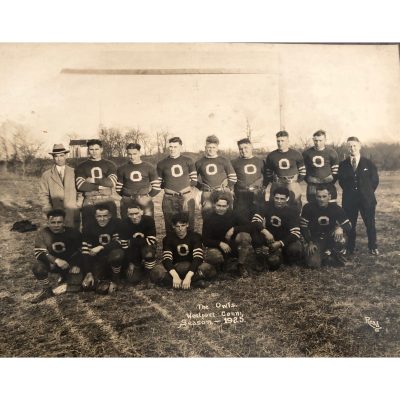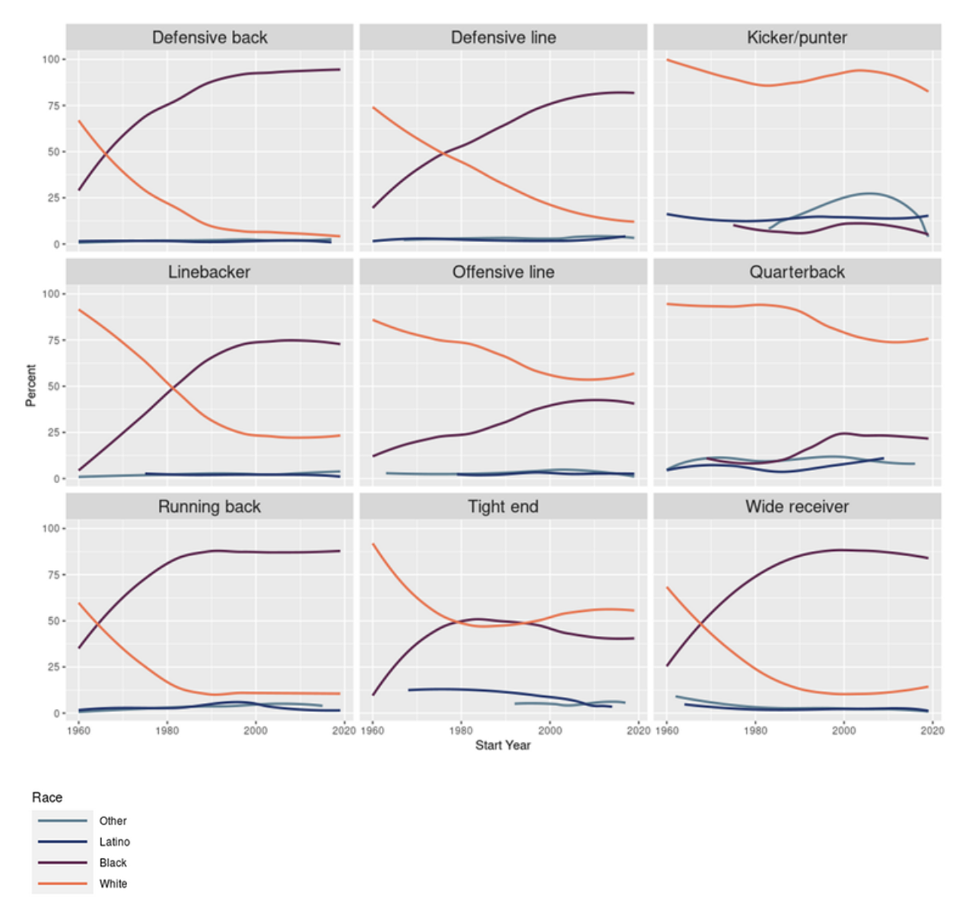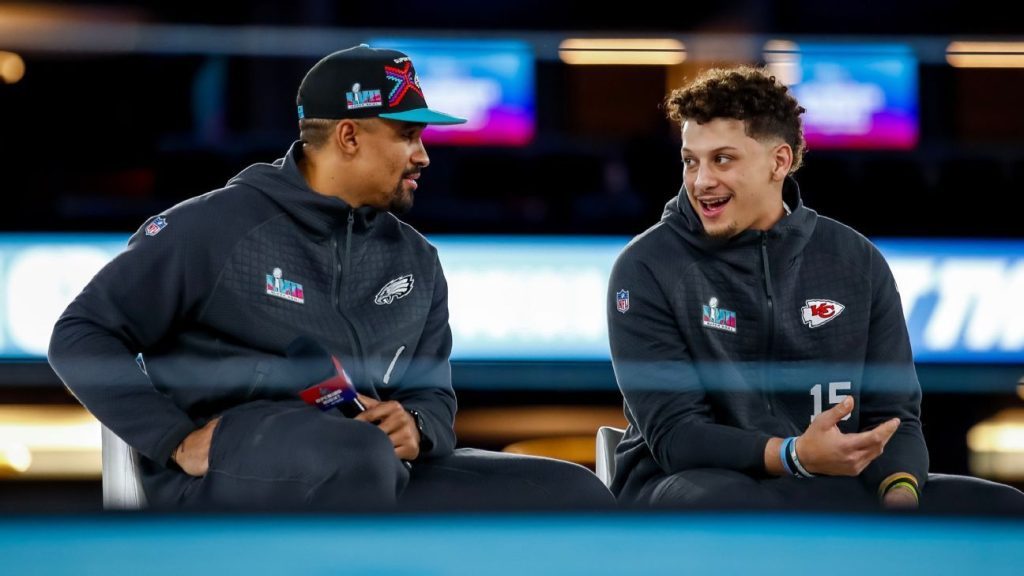One hundred years after Westport’s segregated semi-pro football team took the field, systematic racism still exists in the sport
By Alexander Filippides

Did you know Westport had its own semi-professional football team? The team, known as the Westport Owls, competed locally starting in the 1920s. The team is not only notable for its regional relevance, but also for its sometimes-unbelievable stories, like in one 1927 article from the Bridgeport Telegram where Michael Cuseo, a wide receiver (or “end,” as the position was known at the time), was arrested on the field for inciting a gang fight at a dance in Easton. Incredibly enough, Cuseo would make bail in time to participate in the Owls game that evening against the Bridgeport Black Rock Pirates.
Looking at the team photo, something else is immediately clear about the Owls: The team was entirely White.
This is hardly surprising; like many aspects of American society before the Civil Rights Act of 1960, semi-professional and professional sports alike were usually segregated. But when looking at the current National Football League (NFL) teams we see a league that is still segregated.
Are you surprised by that statement? After all, nearly three quarters of the NFL identify as people of color.
The NFL remains separate but unequal — because certain positions are almost exclusively played by one race. More than 90% of defensive backs are Black, while nearly 75% of quarterbacks and kickers are White. For the uninitiated, the quarterback is often considered to be the role requiring the highest degree of “game intelligence,” and it is usually also the best paid, while roles like defensive backs emphasize physical prowess and brute force. This trend is also clear among coaches with the majority being White (28 of 32 coaches at the beginning of the 2024 season) despite the sport predominately featuring Black players since the 1980s.

Historic policies of the NFL also shed light on the ways in which African American players have been sidelined: “Within-group score conversion,” better known as “race-norming” is the practice of adjusting a numeric value in a test to account for imagined differences between races. The practice violates civil rights and was outlawed as part of the 1991 Civil Rights Act. For a long time, the NFL officially made use of race-norming when conducting concussion testing on its players. It was an official stance of the NFL that Black players had a lower baseline cognitive function than White players and were tested as such. When do you think this explicitly racist practice was ended in the NFL?
It would not be until 2021, when the NFL made a statement officially bringing an end to the practice. The decision followed the payment of a multimillion-dollar lawsuit by former NFL players. Race-norming made it impossible for generations of players who suffered brain damage from concussions to gain compensation for injuries. Worse yet, it was likely the reason that a myriad of serious brain injuries went untreated.
When discrimination is legitimized and propagated by an institution for so long, it can become embedded as part of the culture. Within the NFL, the systematic nature of this discrimination made it palatable for the thousands of people involved in the organization.
While the practice of race-norming may no longer be in effect, without meaningful reflection on why such practices were accepted for so long, nothing will fundamentally change.
There is no rule in the NFL saying that certain races must play in specific positions, yet we continue to see White players in the highest paying roles, while Black players—even those initially playing in White dominated positions— are encouraged to pursue other positions that often include higher risk, and less prestige.
Though there are no official rules and regulations codifying segregation or discrimination in the league, and even with laws that ban these practices outright, the cultural and societal conditions that allowed for them must be addressed if our goal is equity regardless of skin color.
This phenomenon isn’t exclusive to the NFL. In our society today, we continue to see a clear disparity between the economic well-being of People of Color and White People. Not necessarily because of any singular law, regulation, or attitude, but because the system that upheld the oppression of Black and Brown Americans has never been reformed in such a way that addresses the root issues that breed continued discrimination in our country. Singular laws and regulations cannot fundamentally change an inherently racist system.
While this clear and persistent inequity is disheartening, being aware of our own unconscious biases, recognizing and dismantling systems of oppression, and uplifting those from underrepresented communities can encourage the creation of a more equitable society.

The 59th Superbowl will be the first to feature two Black starting quarterbacks. While still a position that is mostly White, trends show that more Black quarterbacks have been entering the league since the 1990s. There are real reasons to believe that change can happen, but it requires an active commitment by all of us to work towards a world where we are all equal.
Support our equity-based research, programs, and exhibits by making a contribution to the Westport Museum. We are dedicated to making history whole by telling the stories of all people, regardless of background.

